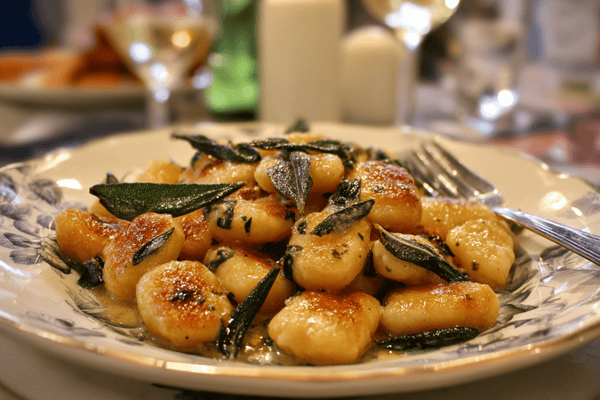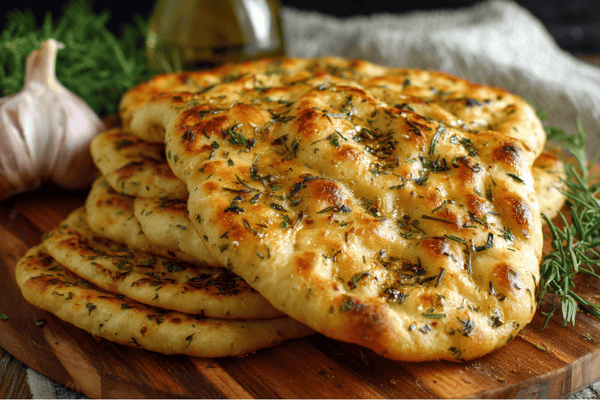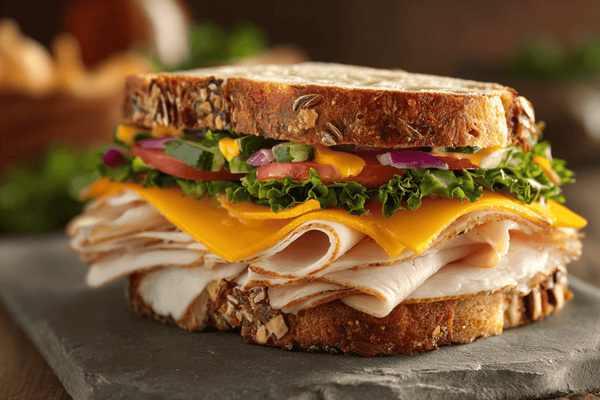
A boning knife is a type of kitchen knife with a sharp, narrow blade that is used for removing bones from meat and other delicate cuts.
Japanese boning knives are flexible boning knives and extremely sharp. This makes it an ideal tool for preparing cuts of meat for cooking. The slim, curved blades also allow the user to make precise cuts around the bones, ensuring that there is minimal waste.
There are different types of boning knives available, each designed for a specific type of meat. For example, there are those designed specifically for poultry, fish, or beef. In addition, there are also general-purpose boning knives that can be used for all types of meat.
When choosing a boning knife, it is important to select one that is the right size and shape for the task at hand.
In addition, the blade should be made from a high-quality material such as stainless steel or carbon steel. Finally, the knife should have a comfortable handle that will allow for a secure grip.
A flexible boning knife is an essential tool for any home cook or professional chef. With the right knife, removing bones from meat can be a quick and easy task.
Table of contents
- Do You Need a Boning Knife?
- The Construction of Boning Knives and Why It Has a Narrow Blade
- Can You Use a Boning Knife for Filleting?
- How Do I Use a Boning Knife?
- Types of Boning Knives
- Poultry Boning Knife
- Beef Boning Knife
- General-Purpose Boning Knife
- Why Is a Boning Knife Important?
- How to Clean a Boning Knife
- Final Thoughts
Do You Need a Boning Knife?
If you are planning on preparing any type of meat for cooking, then it is a helpful tool to have. You could try using a regular chef's knife or a paring knife, but a flexible boning knife can make the task of removing bones much quicker and easier, and it can also help to create more precise cuts of meat.
Professional chefs use boning knives for delicate jobs as well as for removing bones, connective tissue and excess fat.
So, if you are interested in making your life in the kitchen a little easier, then you may want to choose a boning knife. You won't regret it!
The Construction of Boning Knives and Why They Have a Narrow Blade
 Boning knives are made with a sharp, narrow, flexible blade that is slightly curved and designed for removing bones from meat.
Boning knives are made with a sharp, narrow, flexible blade that is slightly curved and designed for removing bones from meat.The pointed blade is usually made from a high-quality material such as stainless steel or carbon steel. In addition, the handle of the knife should be comfortable to hold and provide a secure grip.
The curved blade helps the user to make precise cuts around the bones, ensuring that there is minimal waste.
The blade of a boning knife is usually between 4 and 6 inches long. The length of the blade will depend on the type of meat that you are planning to prepare.
The very narrow blade allows the user to make precise cuts around the bones, ensuring that there is minimal waste.
Can You Use a Boning Knife for Filleting?
Yes, you can use a boning knife for filleting as it has the same narrow blade as a fillet knife. However, there are also specific knives designed specifically for filleting. A quality boning knife can be used to remove fish skin as well as the bones from a fish fillet, but a fillet knife will give you more control and produce cleaner cuts. A boning knife will also allow for the finer slicing of the fish needed for sushi and sashimi.However, if you are planning on doing a lot of filleting, then it might be worth investing in a specific fillet knife.
How Do I Use a Boning Knife?
 The best way to use this type of knife is to first find the joints in the meat that you want to remove.
The best way to use this type of knife is to first find the joints in the meat that you want to remove.Place the meat on your cutting board and then, once you have located the joint, insert the razor sharp blade of the knife into the meat and then cut along the bone until you reach the other side.
For deboning poultry and other smaller bones, you can use the sharp tip of the knife to gently loosen the bone before cutting through it.
Once you have cut through the bone, you can then use the knife to remove any remaining flesh or sinew from the bone.
With practice, using a boning knife will become second nature. Just be sure to use caution when handling the knife, as the sharp blade can easily cause cuts and bruises.
Types of Boning Knives
Poultry Boning Knife
A poultry boning knife is designed for removing bones from chicken, turkey, and other types of poultry.The blade of this type of knife is typically shorter and narrower than other boning knives, making it ideal for maneuvering around small bones.
Fish Fillet Knife
A fish boning knife also knows as a fillet knife is designed for removing bones from fish fillets. The blade of this type of knife is often shorter and narrower than other boning knives, making it ideal for maneuvering around small bones.
Beef Boning Knife
A beef boning knife is designed for removing bones from beef cuts. it is considered a stiff boning knife the blade of this type of knife is typically longer and wider than other boning knives, making it ideal for maneuvering around large bones.
General-Purpose Boning Knife
A general-purpose boning knife can be used for removing bones from all types of meat. The blade of this type of knife is typically longer and wider than other boning knives, making it ideal for maneuvering around large bones.
Why Is a Boning Knife Important?
 A boning knife is important because it is specifically designed for removing bones from meat. This type of knife has a sharp, narrow blade that can easily maneuver around bones, making it the ideal tool for the job.
A boning knife is important because it is specifically designed for removing bones from meat. This type of knife has a sharp, narrow blade that can easily maneuver around bones, making it the ideal tool for the job.In addition, a flexible boning knife can also be used to remove any remaining flesh or sinew from the bone. This can be helpful if you are trying to create a more precise cut of meat.
Finally, a boning knife is also important because it can help to make the task of removing bones much quicker and easier. If you are working with a large piece of raw meat, then using a boning knife can help to speed up the process.
How to Clean a Boning Knife
As with most kitchen knives, you must quickly wash and dry the sharpened knife by hand. Even though many knife designs are manufactured from stainless steel and hence fairly resistant to rust, water can leak through wood handles and cracks causing deterioration in the chrome coat which prevents rust.Moisture also causes wood to swell, which can loosen rivets and even cause handles to come off, so it's best to always rinse a knife thoroughly in fresh water after use and then dry it immediately.
- Rinse the knife in fresh water after each use.
- Hand wash the knife with mild soap and water.
- Dry the knife immediately after washing.
- Store the knife in a dry place.
It is important to clean your boning knife after each use to prevent rust and corrosion. Blade guards can also help protect the blade when not in use. By following these simple steps, you can ensure that your boning knife will last for many years to come.
Final Thoughts
Other knives can be used for the same task, however, bare in mind that the right boning knife saves you money, particularly on meat that is larger than usual. A boning knife reduces wastage by being much more precise with a chef's cuts. What's more, if you were to hit an open rib using an old knife, it could chip your blade, meaning you need to purchase a completely new one.
No one can deny that a good boning knife is both extremely durable and very versatile and a must-have tool in any kitchen.


